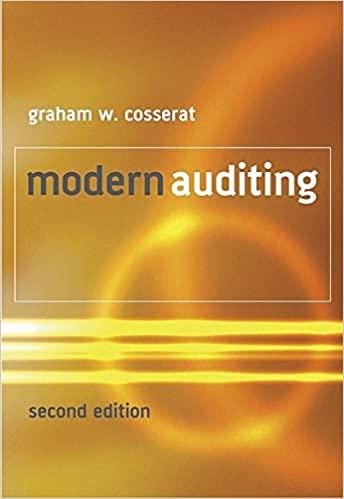for each employee, the Social Security tax is 6.2 percent of the first $118,500 and the employer's Social 5ecunty tax is 6.2 pereent on the same earnings limit. The Medicare tax is 1.45 percent on as earnings. The federal unemployment taxrate is 0.6 percent of the first 57,000 of earnings of each employee. The state unemployment tax rate is 5.4 percent of the same base. For each employee, the Social Security tax is 6.2 percent of the first $118,500 and the employer's Social Security tax is 6.2 percent on the same earnings limit. The Medicare tax is 1.45 percent on al earnings. The federal unemployment tax rate is 0.6 percent of the first $7,000 of earnings of each employee. The state unemployment tax rate is 5.4 percent of the same base. Determine the total taxable earnings for unempioyment, Social Security; and Medicare. If an amount is zero, enter " 0. Prepare a general journal entry to record the employer's payrol taxes. If an amount box does not require an entry, leave it blank, If required, round your intermediate calculations and final answers to the nearest cent and use the rounded answers in subsequent computations for each employee, the Social Security tax is 6.2 percent of the first $118,500 and the employer's Social 5ecunty tax is 6.2 pereent on the same earnings limit. The Medicare tax is 1.45 percent on as earnings. The federal unemployment taxrate is 0.6 percent of the first 57,000 of earnings of each employee. The state unemployment tax rate is 5.4 percent of the same base. For each employee, the Social Security tax is 6.2 percent of the first $118,500 and the employer's Social Security tax is 6.2 percent on the same earnings limit. The Medicare tax is 1.45 percent on al earnings. The federal unemployment tax rate is 0.6 percent of the first $7,000 of earnings of each employee. The state unemployment tax rate is 5.4 percent of the same base. Determine the total taxable earnings for unempioyment, Social Security; and Medicare. If an amount is zero, enter " 0. Prepare a general journal entry to record the employer's payrol taxes. If an amount box does not require an entry, leave it blank, If required, round your intermediate calculations and final answers to the nearest cent and use the rounded answers in subsequent computations









